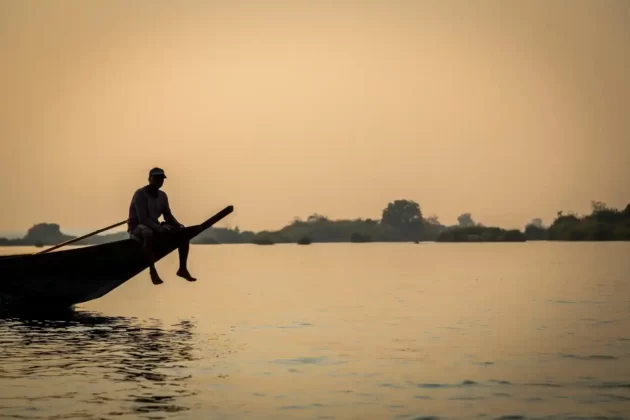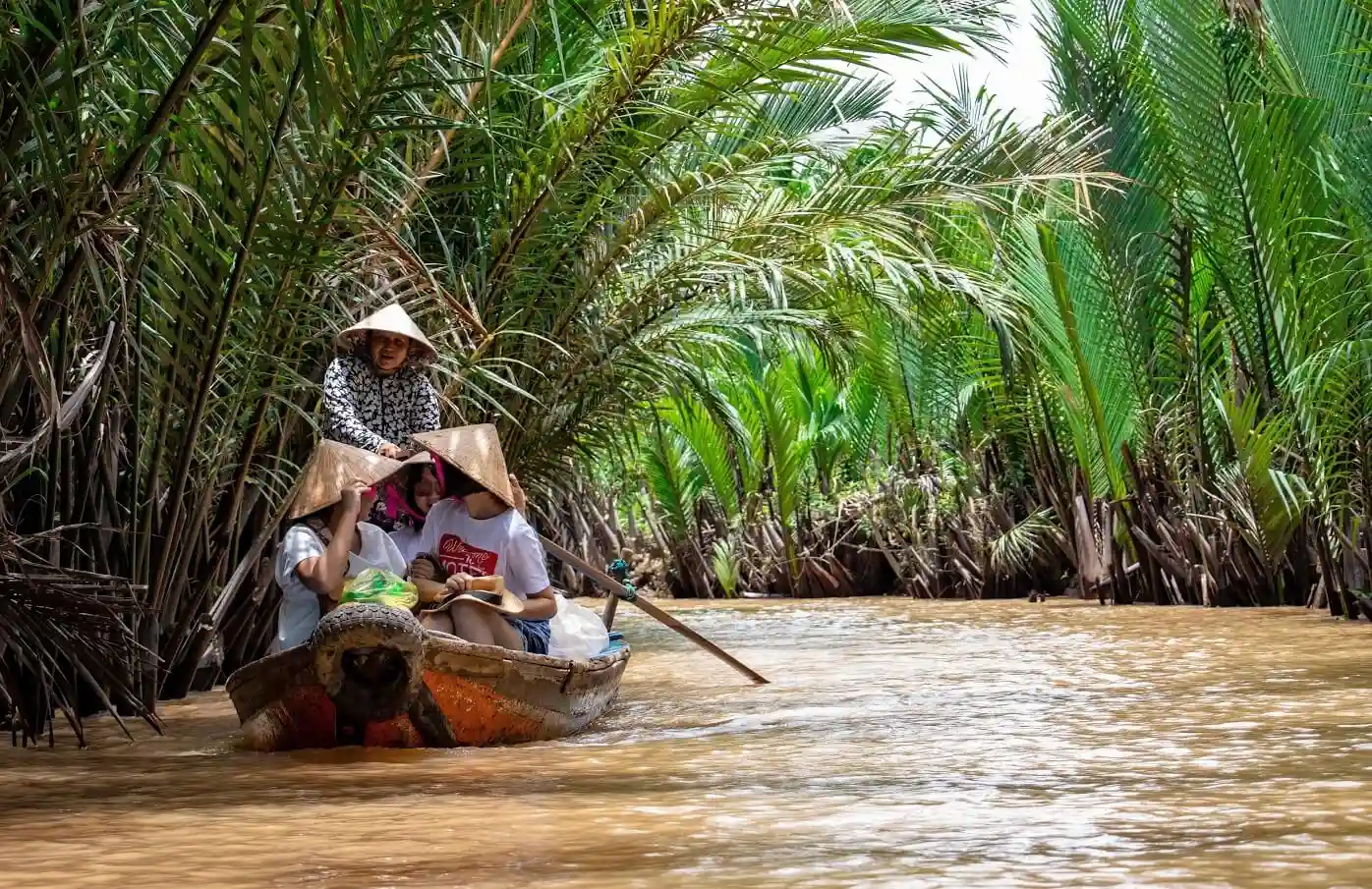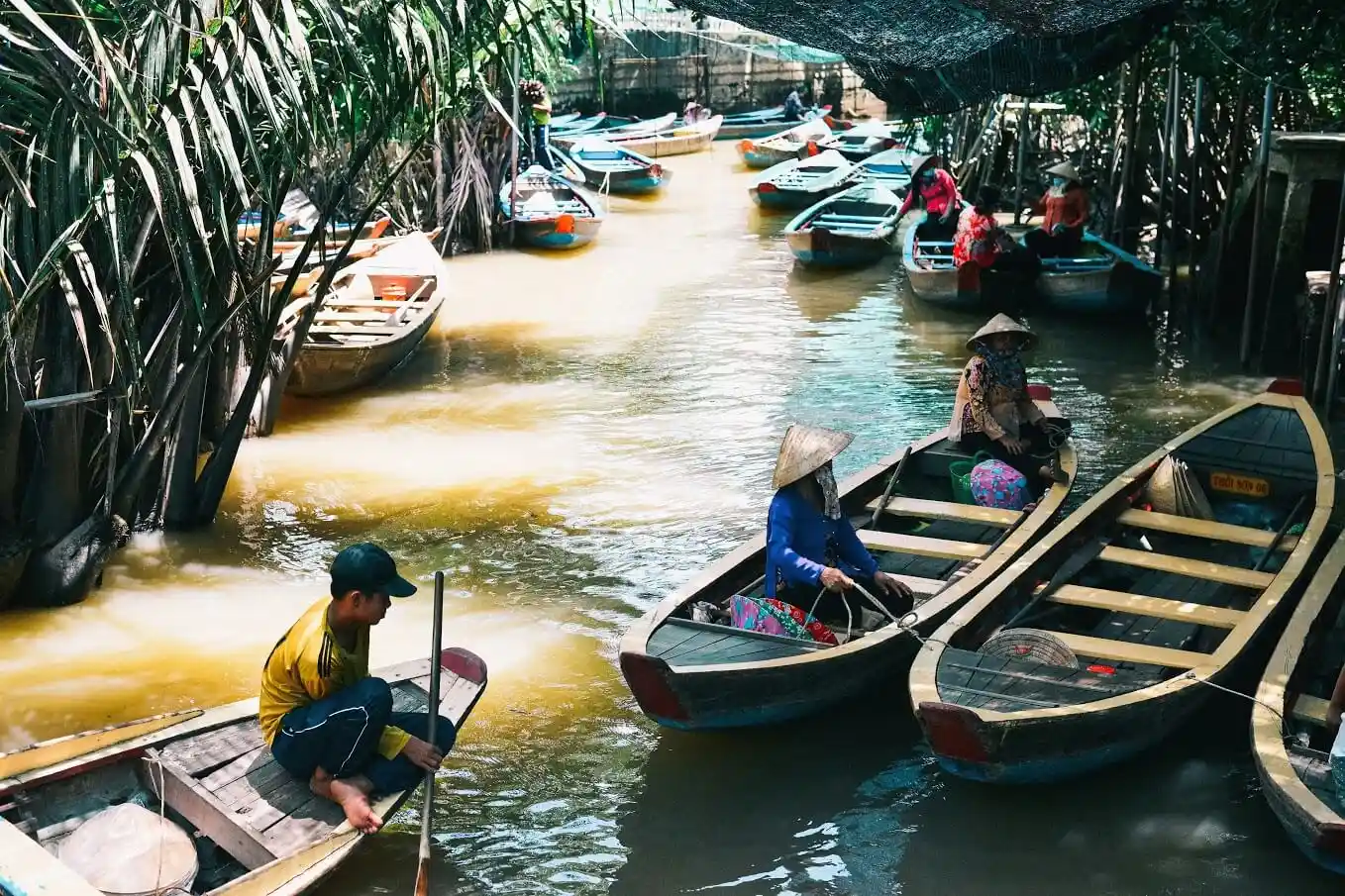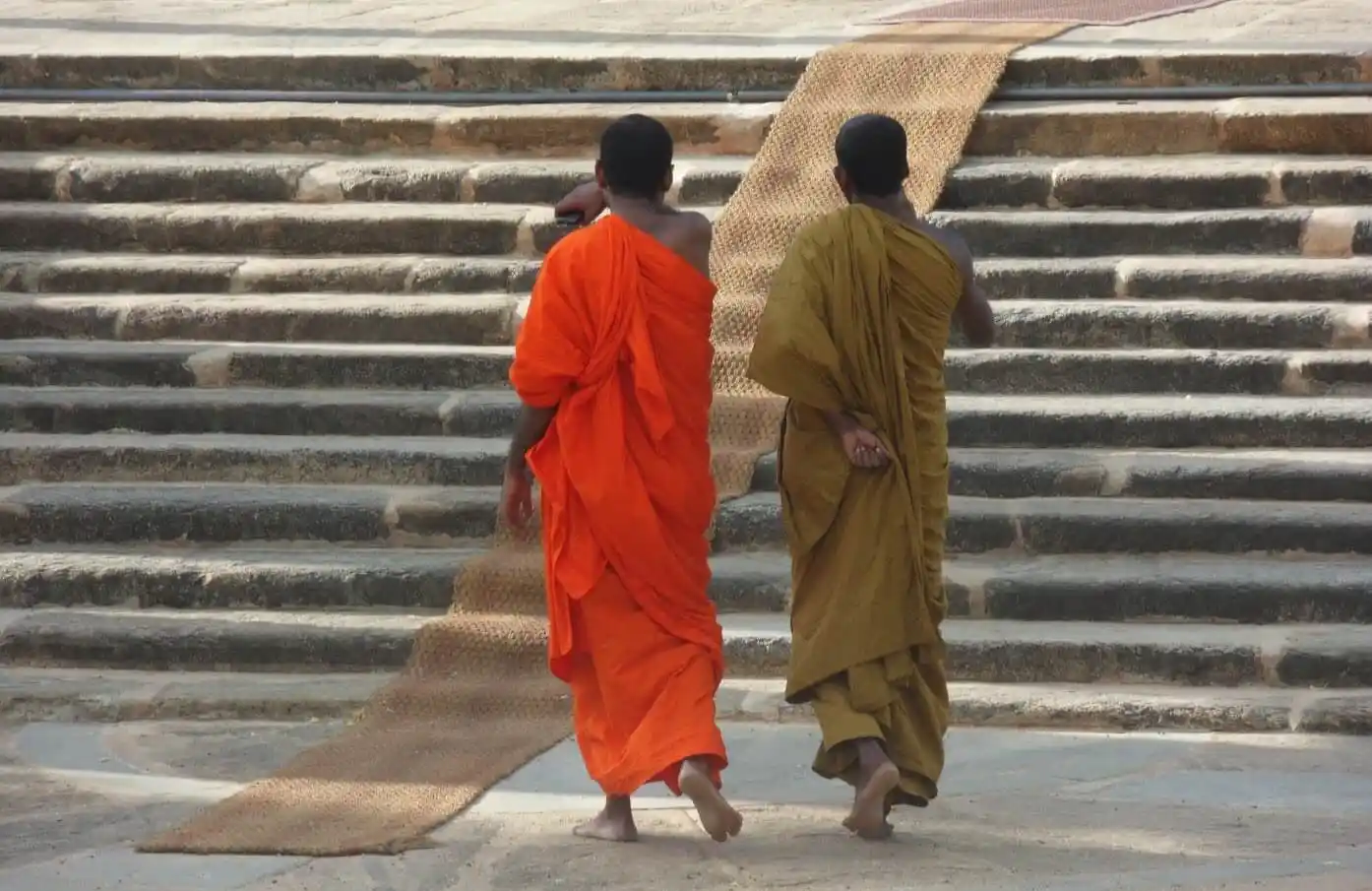Known as the sixth longest river in Asia, the Mekong River spreads across East and Southeast Asia, covering an estimated length of almost five thousand kilometres. It runs through China, Myanmar, Laos, Thailand, Cambodia, and Vietnam, and is a destination every traveller must explore at some point.
Discovering the Treasures Along the Mighty Mekong River
If you want to make the most of your visit to Mekong River, you take a charter cruise on the Mekong. This way, you get the opportunity to discover all the cultural and religious monuments and everything else this river hides alongside its basin.
That being said, there is a lot to explore about it, from the floating villages to the Angkor Wat complex, so let’s explore!
⤷ Read more: Things to know before visiting Thailand
The History of the Mekong River
The Mekong River was originally known as Mae Nam Khong, a name that was afterwards shortened to Mae Khong. In both Lao and Thai, Mae Nam means mother of water(s) and is a name used for large rivers. Khong is an archaic word that means “river”, and the Mekong has a few different pronunciations in various local languages.
The river was always considered to be notoriously difficult to navigate. For this reason, rather than uniting the people who lived near it, it divided them. The earliest civilization was the culture of Funan, an Indianised Khmer culture of people who lived in the Mekong delta. They were succeeded by the Chenla state, somewhere around the 5th century, and were then followed by the Khmer Empire, the largest contiguous empire of Southeast Asia. You can still witness the remains of the empire in many of the religious complexes and monuments around the river.
⤷ Read more: History of travelling – How people started to travel
The Tonle Sap Lake and River
Some of the world’s most fascinating phenomena are the Tonle Sap Lake and the Tonle Sap River. The lake empties its waters into the Mekong River, using the Tonle Sap River as its channel. But that’s not the interesting part. That honour goes to the fact that Tonle Sap is known as a breathing lake.
For the better part of the year, the Mekong River flows southwards, starting in the Tibetan highlands and ending into the South China Sea. However, during the rainy season, which is between May and October of each year, the monsoon winds significantly increase the rainfall, and the Mekong River starts to swell. And already in June, the Mekong River rises to a level that forces the Tonle Sap River to float back into the lake. Hence the Tonle Sap River is the only river in the world that reverses its direction twice a year. The result is, the water level of the Tonle Sap Lake increases to over four times its original depth.
The locals have adjusted to that by making floating villages. This way, no matter how deep the lake, their houses remain on the surface level. Visiting the floating villages is an incredible experience.
⤷ Read more: Thailand travel diary – Ten days in Thailand
Visiting the Cultural and Religious Monuments Along the Mekong
With so many civilizations having lived around the Mekong, there are sacred cultural locations all around the river. Some of the ones you need to visit are Wat Langka, Vat Phou, and Wat Phnom.
Wat Langka is one of the five original wats in Phnom Penh. It was originally built in 1422 as a sanctuary for the Holy Writings. Both Sri Lankan and Cambodian monks used it as a meeting place, which is how the wat (temple) got its name – Langka is derived from the Sri Lankan order that lived within the temple. This is one of the temples that survived the Khmer Rouge’s destruction, but is now completely renovated and has a significant place in Cambodian Buddhism. You may need to ask around when you’re trying to get to it because it’s not signposted in English. The locals will help, though.
Vat Phou has seen better days, but it is still one of Mekong’s prime destinations. It sits at the base of Mount Phou Khao, and it is estimated that it was built somewhere in or around the 5th century. The structures that you can visit today, though, all date between the 11th and the 13th century. The wat was associated with the city of Shrestapura, which is thought to be the capital of the Chenla Kingdom. The mountain has since then gained quite a lot of spiritual importance. It’s now considered the home of Shiva – which is what the temple is dedicated to.
Wat Phnom was built in 1373 as a symbol of the Phnom Penh name. History says that back in 1372, a wealthy lady known as Doun Penh discovered a floating Koki tree in the Mekong River. After scraping off the mud from the tree, she found the statues of Buddha, Fat Buddha, Indra, and Vishnu inside. The temple was built to worship the statues, and monks prayed for them constantly. It’s rather easy to find and is a beautiful sight to behold.
With all the beautiful treasures to explore along the Mekong River, we hope this article will give you some tips and insights on what to see there. many thanks to Gloria Mabery who wrote this lovely guest post for us.
*Cover photo by Robert Metz on Unsplash





